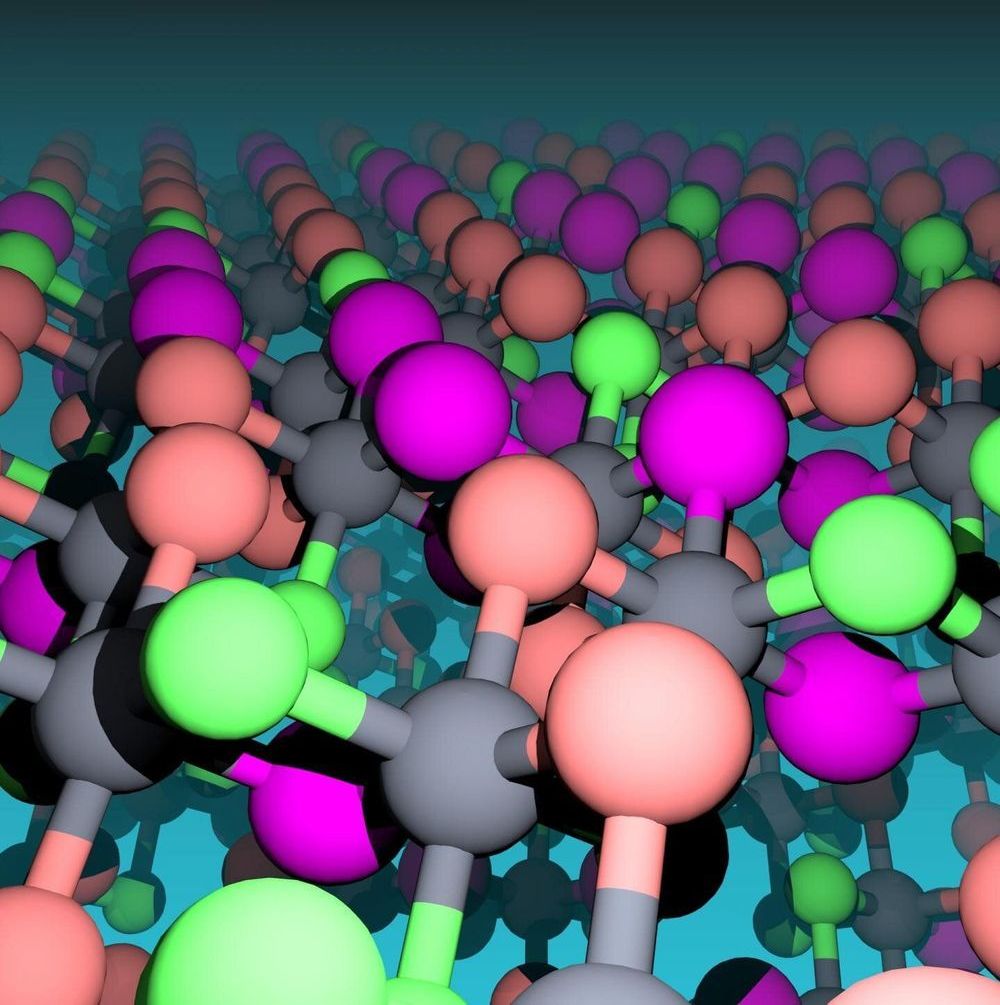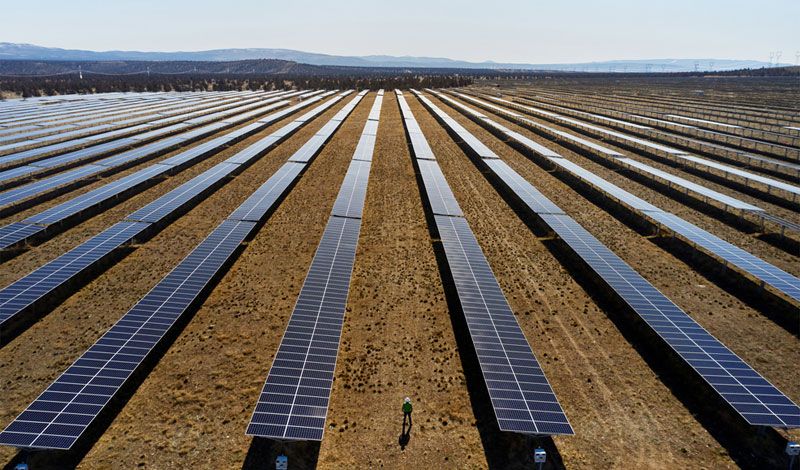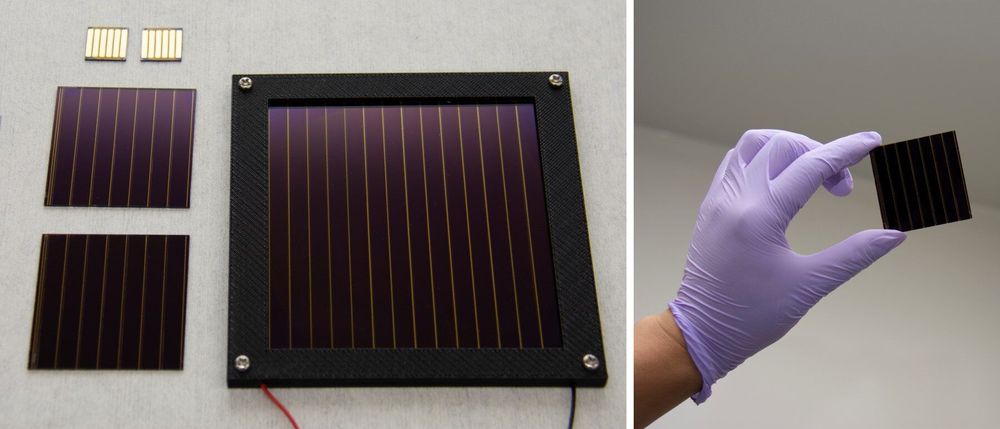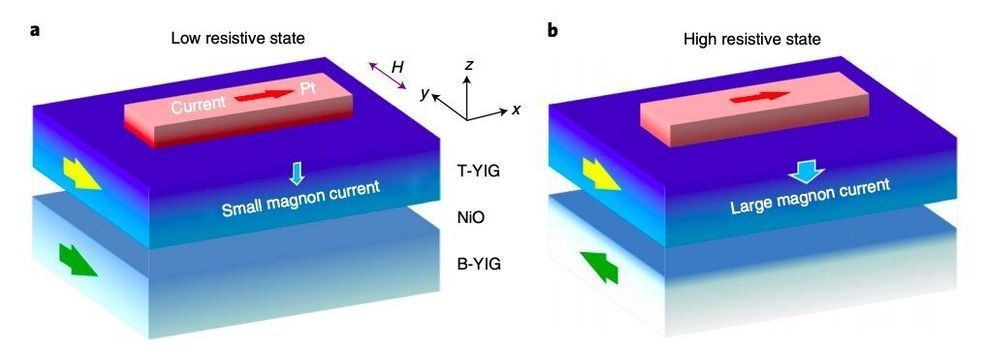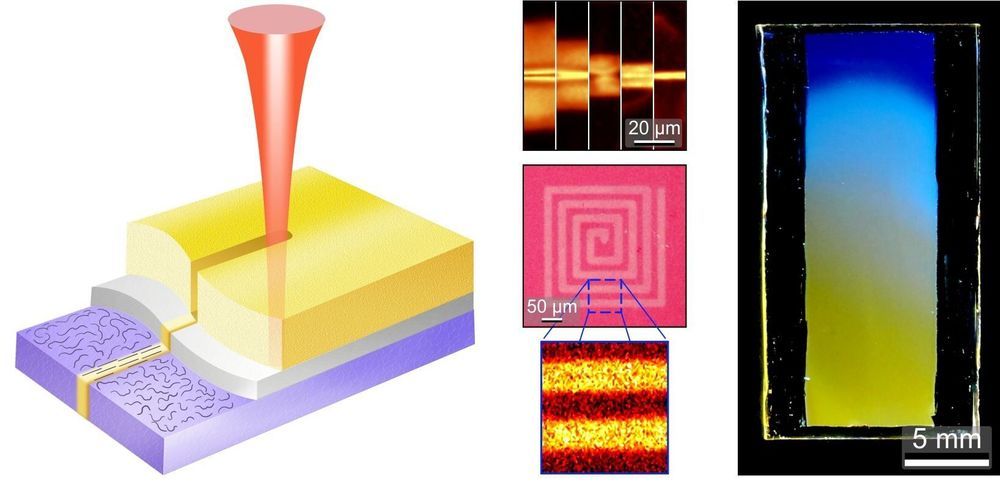❤️ Check out Weights & Biases and sign up for a free demo here: https://www.wandb.com/papers
Their instrumentation of this paper is available here:
https://app.wandb.ai/stacey/stargan/reports/Cute-Animals-and…zoxNzcwODQ
📝 The paper “StarGAN v2: Diverse Image Synthesis for Multiple Domains” is available here:
- Paper: https://arxiv.org/abs/1912.01865
- Code: https://github.com/clovaai/stargan-v2
- Youtube Video: https://youtu.be/0EVh5Ki4dIY
The paper with the latent space material synthesis is available here:
🙏 We would like to thank our generous Patreon supporters who make Two Minute Papers possible:
Aleksandr Mashrabov, Alex Haro, Alex Paden, Andrew Melnychuk, Angelos Evripiotis, Benji Rabhan, Bruno Mikuš, Bryan Learn, Christian Ahlin, Daniel Hasegan, Eric Haddad, Eric Martel, Gordon Child, Javier Bustamante, Lorin Atzberger, Lukas Biewald, Michael Albrecht, Nikhil Velpanur, Owen Campbell-Moore, Owen Skarpness, Ramsey Elbasheer, Robin Graham, Steef, Sunil Kim, Taras Bobrovytsky, Thomas Krcmar, Torsten Reil, Tybie Fitzhugh.
More info if you would like to appear here: https://www.patreon.com/TwoMinutePapers
Károly Zsolnai-Fehér’s links:
